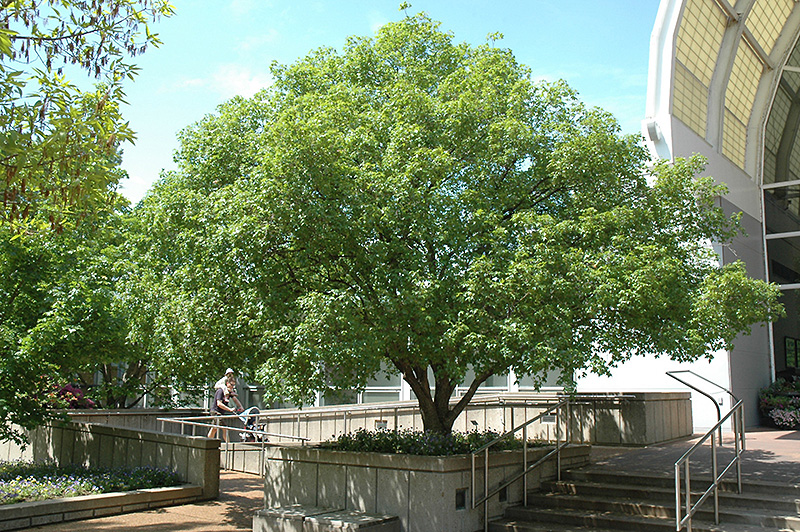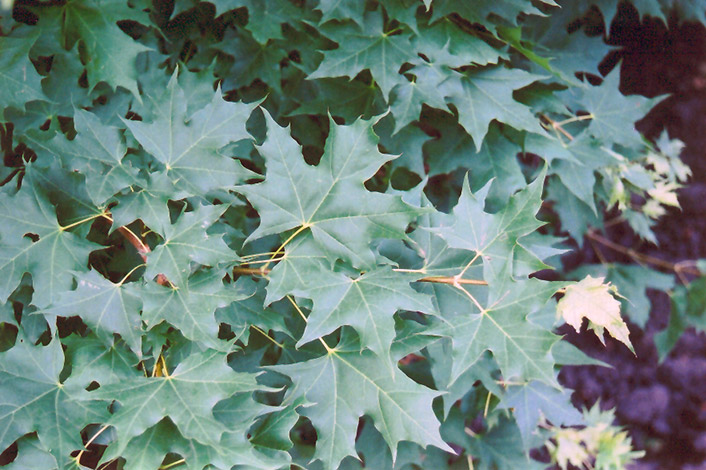>> Home
Height: 20 feet
Spread: 15 feet
Sunlight:
![]()
Hardiness Zone: 3
Other Names: Shantung Maple
Description:
A versatile compact tree, ideal for small home landscapes; consistent exciting fall colors and a neat appearance, a fine choice deserving of greater use
Ornamental Features
Purpleblow Maple is smothered in stunning corymbs of yellow flowers hanging below the branches in mid spring before the leaves. It has dark green deciduous foliage which emerges burgundy in spring. The lobed leaves turn outstanding shades of yellow, orange and red in the fall.
Landscape Attributes
Purpleblow Maple is a dense multi-stemmed deciduous tree with a more or less rounded form. Its average texture blends into the landscape, but can be balanced by one or two finer or coarser trees or shrubs for an effective composition.
This is a relatively low maintenance tree, and should only be pruned in summer after the leaves have fully developed, as it may 'bleed' sap if pruned in late winter or early spring. It has no significant negative characteristics.
Purpleblow Maple is recommended for the following landscape applications;
- Accent
Planting & Growing
Purpleblow Maple will grow to be about 20 feet tall at maturity, with a spread of 15 feet. It has a low canopy with a typical clearance of 4 feet from the ground, and is suitable for planting under power lines. It grows at a slow rate, and under ideal conditions can be expected to live for 70 years or more.
This tree should only be grown in full sunlight. It is very adaptable to both dry and moist locations, and should do just fine under average home landscape conditions. It is considered to be drought-tolerant, and thus makes an ideal choice for xeriscaping or the moisture-conserving landscape. It is not particular as to soil pH, but grows best in clay soils. It is highly tolerant of urban pollution and will even thrive in inner city environments. This species is not originally from North America.

